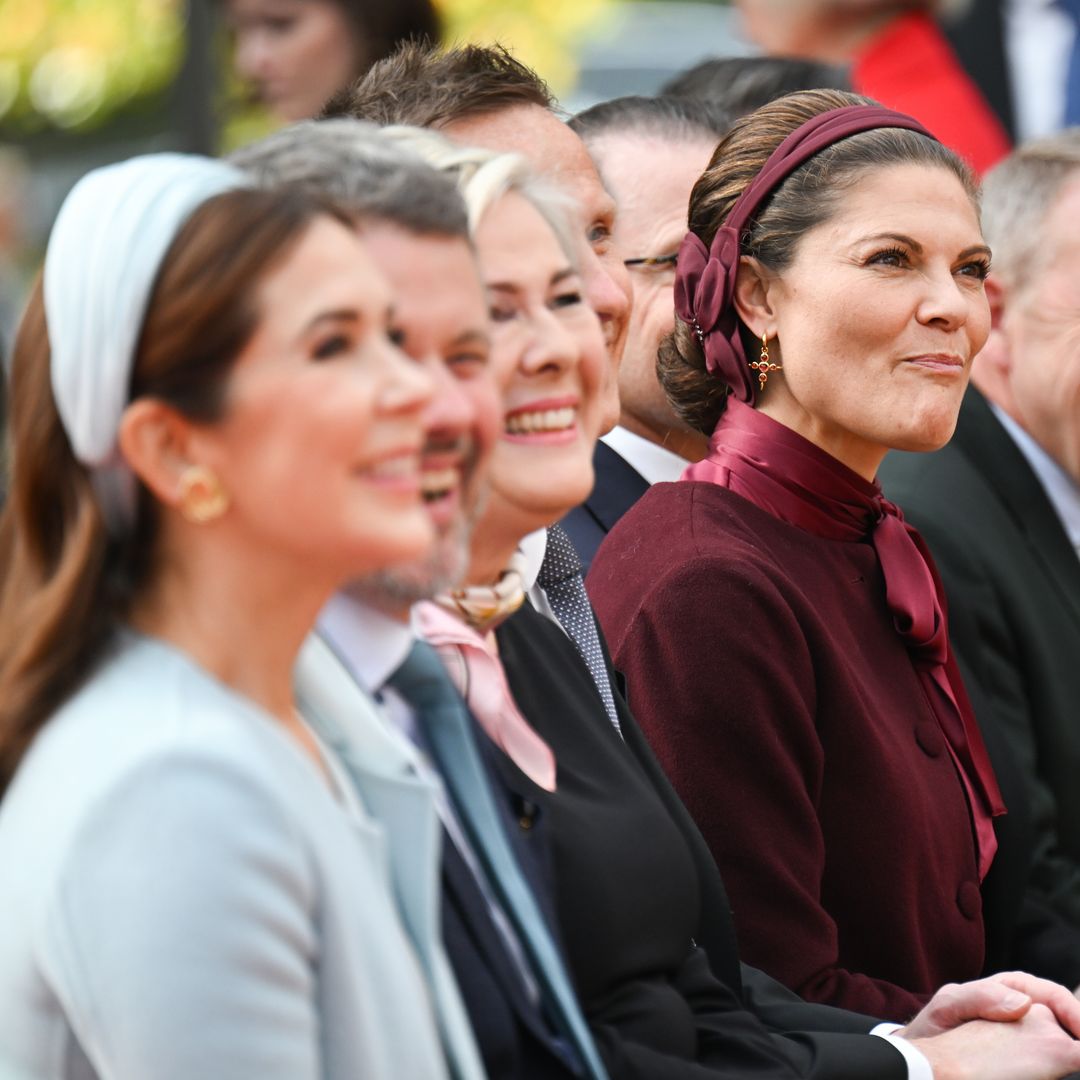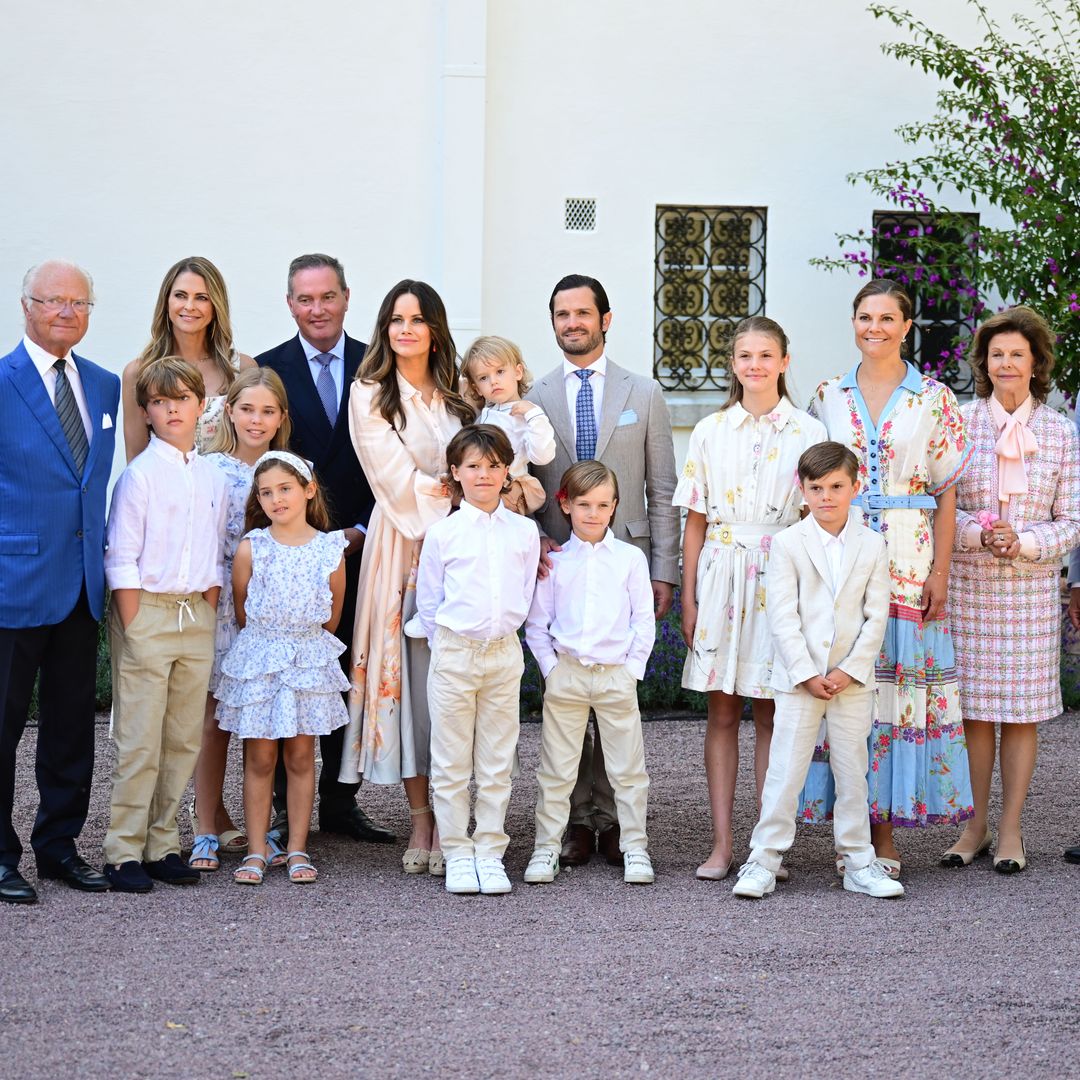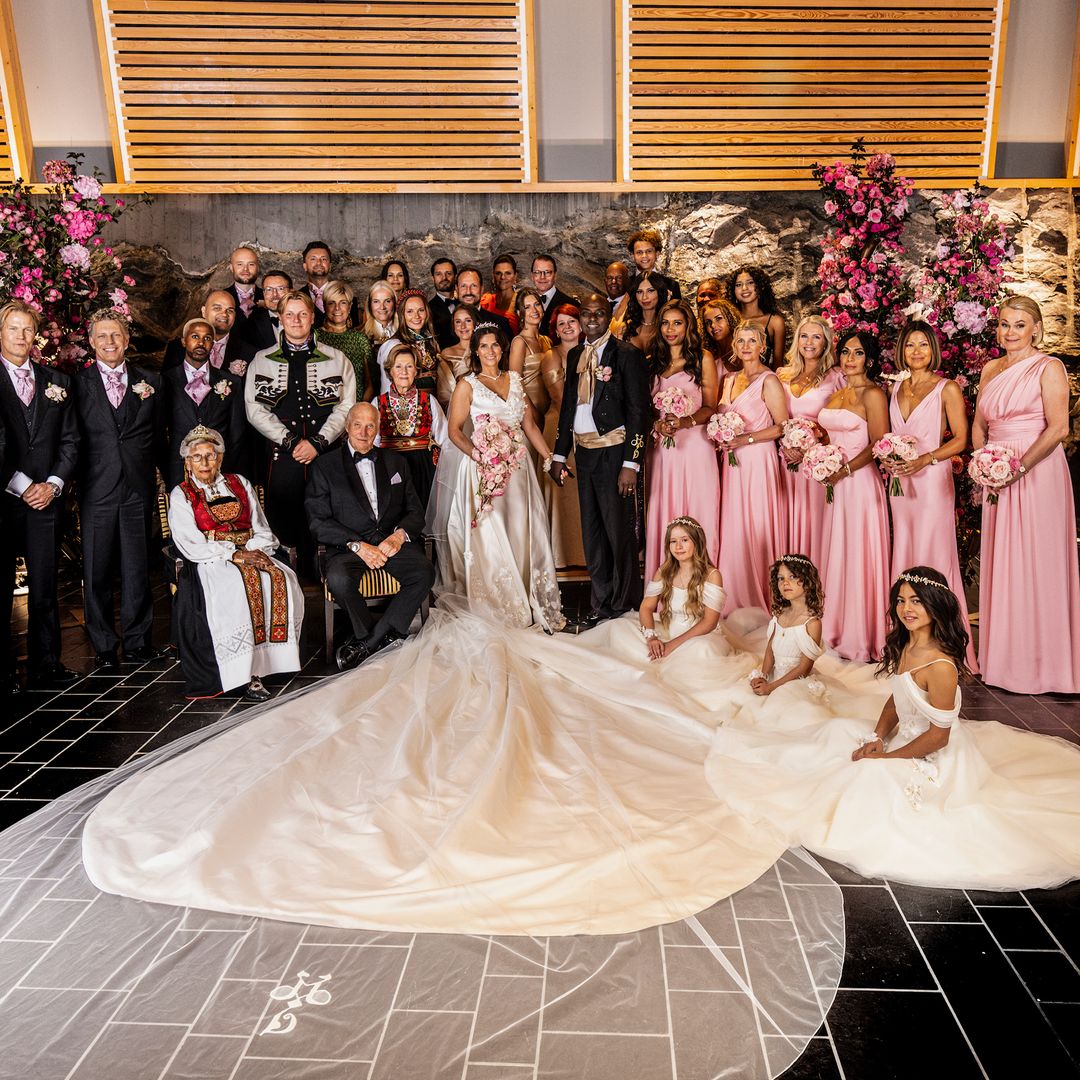The origins of the current Swedish royal family, the House of Bernadotte, lie not in Scandinavia, but in 19th-century France and a Napoleonic marshal called Jean-Baptiste Bernadotte. Sweden's monarchy was traditionally chosen by the nobility from their own ranks. This changed in 1523, however, when Gustaf I Eriksson Vasa freed Sweden from Danish rule and Sweden became a hereditary monarchy.
Nearly 300 years later, there were further upheavals in the line of inheritance when Karl August, the heir to the Swedish throne, died in 1810. The king at that time wanted to elect the deceased's brother, a Danish prince, to the throne, but pro-France officers and civil servants had other ideas. The solution they came up with was to offer the role to one of Napoleon's marshals - Jean-Baptiste Bernadotte, a commoner from the Pyrenees who had risen through the ranks and been awarded the title of Prince of Pontecorvo by Napoleon. Officially adopted by the ageing Swedish monarch, Karl XIII and his wife, Hedvig Elisabeth Charlotta, Jean-Baptiste took the name Karl Johan and was crowned Karl XIV Johan, King of Sweden and Norway - which he had annexed four years earlier - on May 1, 1818.
With the exception of two queens - Kristina in the 17th century, and Ulrika Eleonora, in the 18th - the Swedish throne has always passed to the firstborn male. But on January 1, 1980, this all changed when the 1979 Act of Succession came into effect. Amendments to the constitution made the firstborn the heir, regardless of whether they are male or female.
This meant that the current monarch, King Carl XVI Gustaf's only son, Crown Prince Carl Philip, was deprived of his position as first in line to the throne when he was less than a year old in favour of his older sister, Victoria.
The official royal website can be found at www.royalcourt.se








